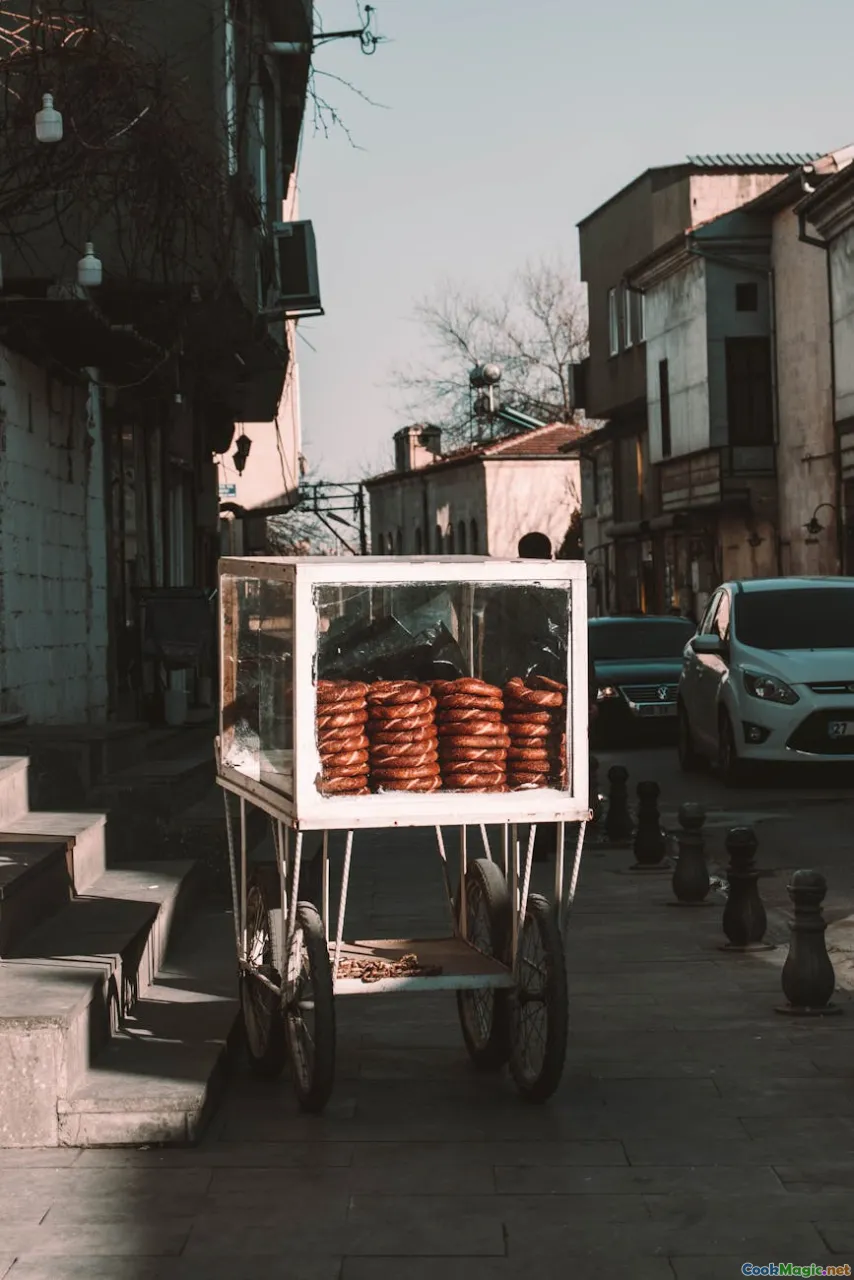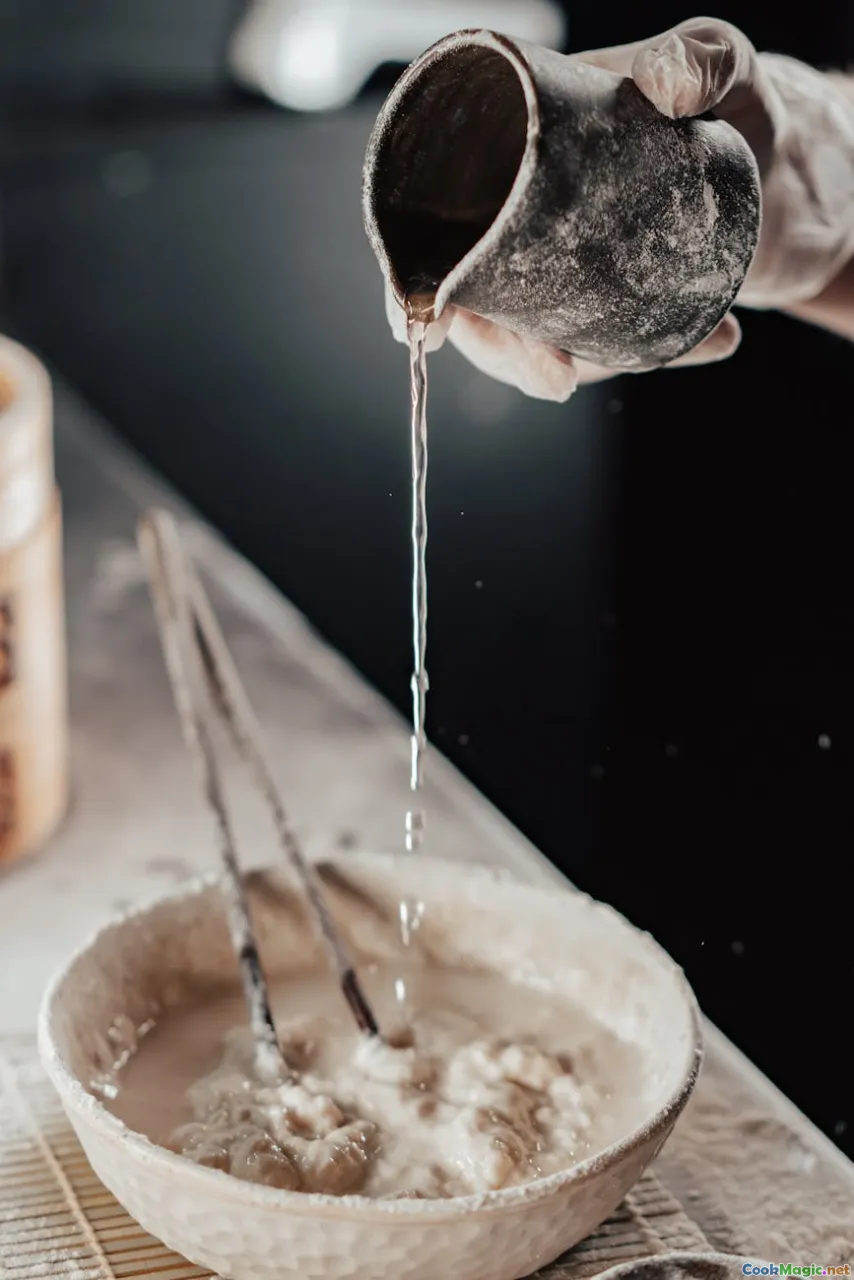Mastering Bosnian Pies Understanding Burek vs Sirnica
11 min read Explore the differences and cultural significance of Burek and Sirnica, the iconic Bosnian pies, to master authentic Bosnian culinary traditions. June 26, 2025 15:05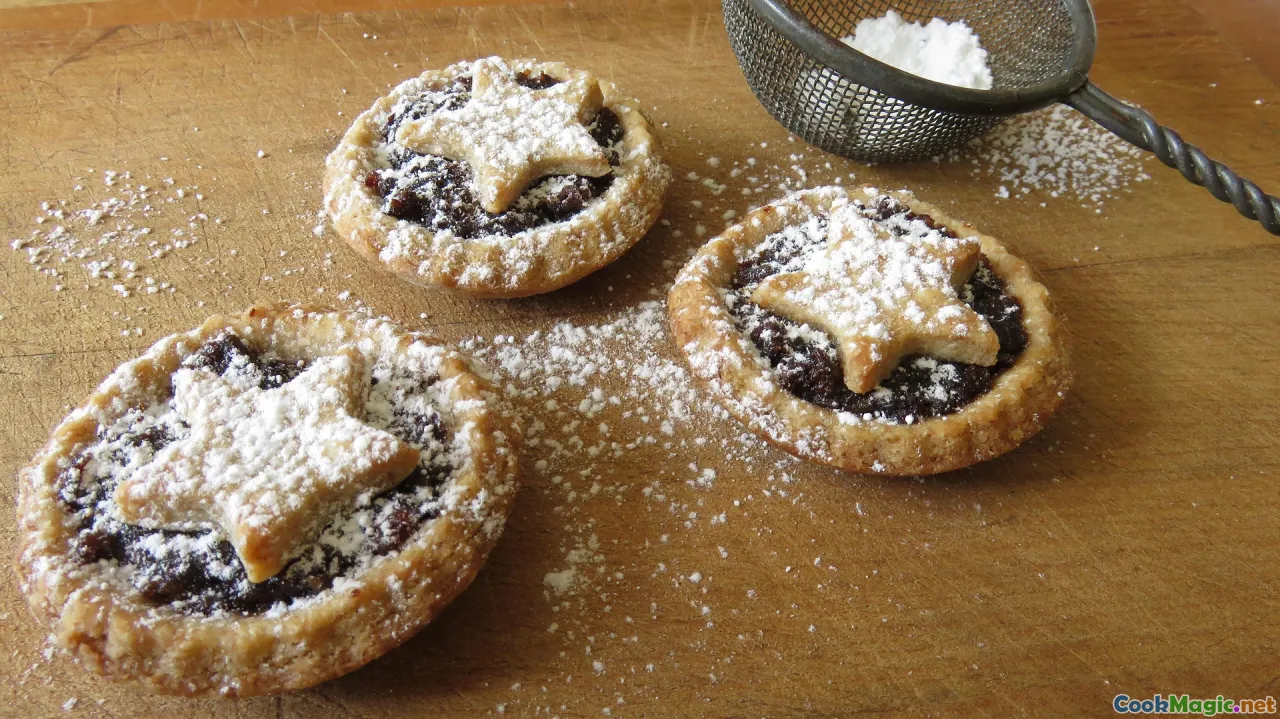
Mastering Bosnian Pies: Understanding Burek vs Sirnica
There’s an aroma that instantly transports you to the winding alleyways of Sarajevo, to a bustling green market, or to a humble family kitchen where tradition is cooked into layers of flaky pastry. It’s the smell of freshly baked Bosnian pies—an inviting blend of warm dough, fragrant fillings, and a promise of comfort. Bosnian cuisine, deeply rooted in centuries of Ottoman influence, offers a rich tapestry of flavors and textures, but few dishes evoke the same level of affection and cultural pride as burek and sirnica.
These two iconic pies — cherished across Bosnia and Herzegovina, Serbia, Croatia, and beyond — are more than just street food; they are culinary symbols, stories wrapped in golden layers, held dear by generations. Yet, despite their proximity on the breadbasket of Balkan hospitality, they carry distinct identities, textures, and flavors. For the culinary enthusiast eager to master these pies, understanding their nuances is an immersive journey into Bosnian culture, history, and artistry.
Let’s delve deep into the world of Bosnian pies, unraveling the secrets behind burek and sirnica, exploring their origins, revisiting personal stories, and offering tips to perfect your baking technique.
The Heartbeat of Bosnian Culinary Heritage: Burek and Sirnica

In the vivid mosaic of Balkan cuisine, burek and sirnica stand out as beloved staples—each with a character that echoes centuries-old traditions. Burek, with its flaky, multilayered exterior encasing a savory filling of minced meats, is a global ambassador for Bosnian street food; sirnica, often vegetarian, beckons with its milder, cheese-laden profile.
The roots of these pies trace back to Ottoman times, when savory pastries traveled from the Middle East and Anatolia into the Balkan embrace, transforming local ingredients and culinary instincts. Bosnian burek, for example, most often features finely minced beef or lamb seasoned with aromatic spices, wrapped in thin, delicate phyllo dough, then baked until irresistibly crisp. Meanwhile, sirnica (literally, "cheese pie") crowns itself with a generous filling of soft white cheese, typically a local variety of sir, mixed with eggs and sometimes herbs, enveloped by golden layers of homemade or store-bought dough.
Culturally, these dishes transcend mere sustenance. They symbolize hospitality, family gathering, and national pride. Every Bosnian home has its version, passed down as a cherished secret, seasoned with nostalgia and love.
The Art of Making Burek: Technique, Variations, and Tips

Crafting the Perfect Layers
The journey to a perfect burek begins with the dough—a thin, nearly transparent layer of filo, handmade when possible, or store-bought for convenience. The secret to the burek’s signature flaky texture lies in the meticulous stretching, folding, and layering of the dough, letting each delicate sheet melt in the oven to create an airy, crisp shell.
Filling Fundamentals
Traditional burek filling is minced beef or lamb, mixed with finely chopped onions, salt, pepper, and a touch of paprika or Aleppo pepper for smoky depth. A dash of vinegar or lemon juice can enhance the flavor, providing a subtle tang that cuts through the richness.
Assembly and Baking
- Layering: Begin with a lightly greased baking dish or a hand-held wood-fired oven tray. Place one sheet of filo, brushing each with melted butter or oil, then layer more sheets, ensuring each is thinly coated.
- Filling: Spread the meat mixture evenly, and then cover with more filo sheets, repeating the layering until the pie reaches your desired thickness.
- Baking: Bake in a preheated oven at 200°C (390°F) until golden, about 30-40 minutes. A crust that shimmers with buttered richness and crackles with each bite signals perfection.
Variations and Personal Touches
While the classic beef burek rules supreme, regional variations tempt the palate: with spinach and cheese, potatoes, or even pumpkin. Some bakers spice up their filling with chili or garlic—experienced chefs often add a splash of yogurt on the sides for contrast.
Pro Tip: Rest the freshly baked burek for a few minutes before slicing—this helps the juices settle and ensures the layers don’t tear apart.
Exploring Sirnica: A Creamier, Softer Texture
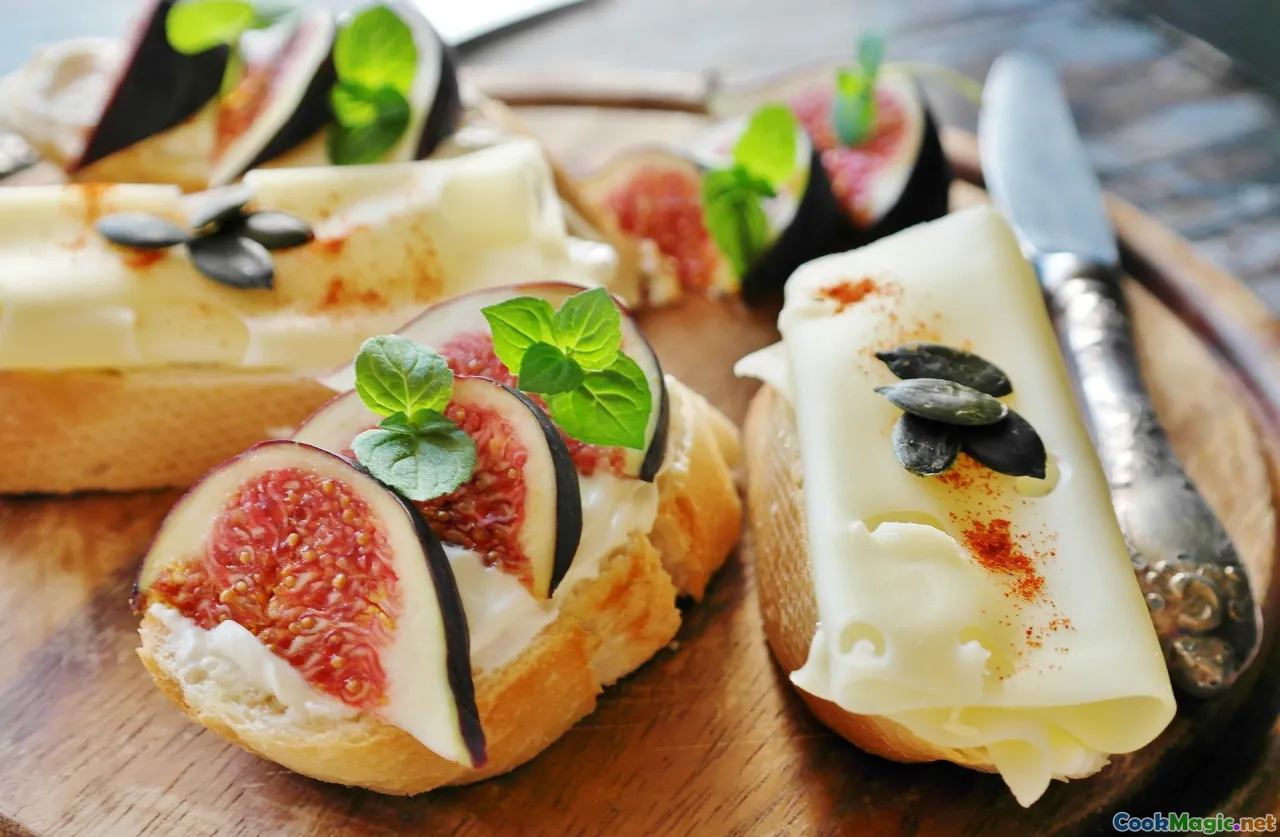
Unlike burek’s flaky crispness, sirnica offers a softer, more delicate experience. Its filling of soft white cheese—local sir or feta—mixed with eggs, herbs like parsley or oregano, and sometimes a splash of sour milk creates a rich, velvety bite.
Dough Preparation
The dough for sirnica is simpler yet requires attention to texture. A slightly thicker sheet, softer and more pliable, is rolled out and layered into a greased casserole or baking dish.
Filling Secrets
- Cheese: Use a high-quality, mild white cheese—fresh sir or feta for a more authentic flavor.
- Egg Mixture: Incorporate eggs thoroughly so the filling binds and bakes into a cohesive mass.
- Herbs: Fresh parsley or dill enhances the brightness.
Assembling the Perfect Sirnica
- Layering: Pour a portion of cheese mixture onto rolled dough, then roll or fold as desired—many enthusiasts prefer a rolled or layered version, but the open-faced style is equally popular.
- Baking: Bake at 180°C (350°F) until the top is golden and puffed, approximately 30-40 minutes.
- **Serving:**Let it rest briefly before slicing. Serve with a dollop of sour cream or a splash of yogurt to add a tangy dimension.Personal Touches: Adding sautéed spinach or chopped fresh herbs to the cheese filling turns the classic into a vibrant variation.
Cultural Significance and Traditions
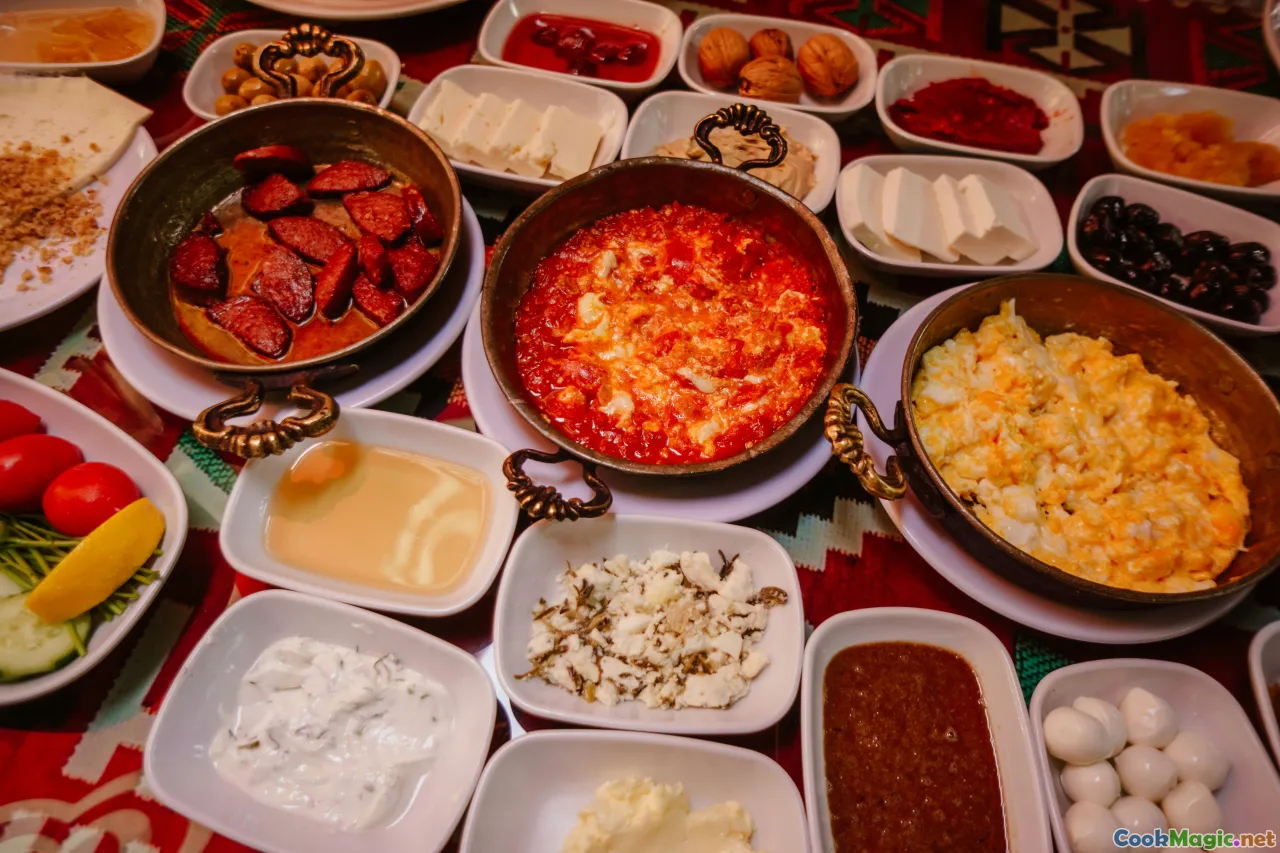
For Bosnians, these pies are encoded with memories. For weddings, they are a staple during joyful gatherings, served alongside village-style salads, yogurt, and home-brewed rakija. In Ramadan, they become an evening delight, warming the soul after fasting.
In cities like Sarajevo and Mostar, local bakeries—such as the famous "Buregdžinica Bosna"—have perfected the craft, each with a unique touch, often passed down through generations. Visiting these establishments feels like stepping into living history, tasting stories in every bite.
Beyond their taste, burek and sirnica hold emotional resonance. They serve as a bridge—connecting past and present, homes and streets, family and strangers gathered in the warmth of shared tradition.
Personal Insights & Tips
- Local Ingredients Matter: Use fresh, quality cheese and butter. Authentic flavor relies heavily on good ingredients.
- Master the Filo: Practice stretching or handling filo to avoid tearing; patience is key.
- Experiment: Don’t hesitate to try fillings beyond classic—think: wild mushroom, eggplant, or sweet variations with apple or walnuts injected with cinnamon.
Final Thoughts: Your Bosnian Pie Journey Begins
Mastering burek and sirnica isn’t just about replicating recipes; it's about capturing centuries of history, warmth, and communal spirit. Whether it’s the rich, flaky layers of burek or the tender, cheesy hum of sirnica, these baked treasures are stories on a plate.
So gather your ingredients, embrace the careful layering, and infuse each step with the joy of discovery. These pies will not only turn into delicious dishes but will open a window into Bosnian identity—rich, resilient, and utterly captivating.
Enjoy the process, savor each bite, and welcome the taste of tradition into your own culinary repertoire.
Neka vam bude dobar tek! (Enjoy your meal!)
